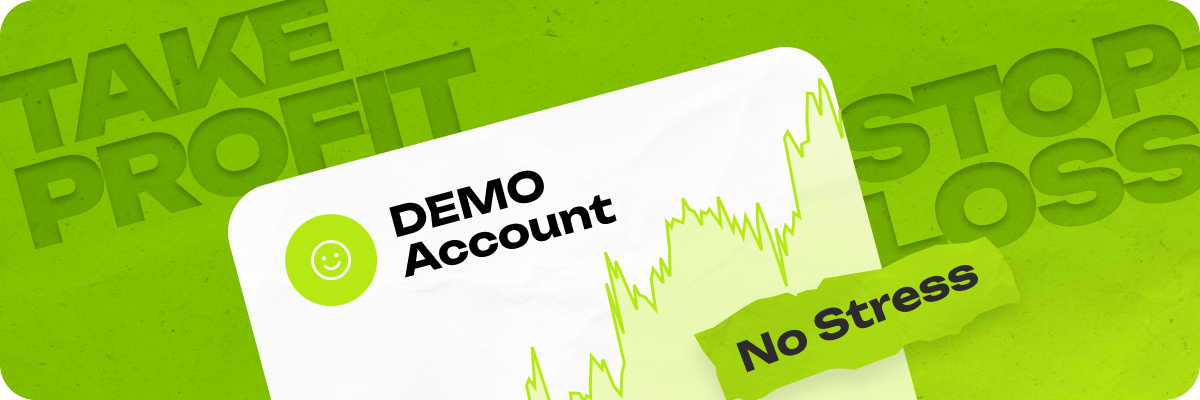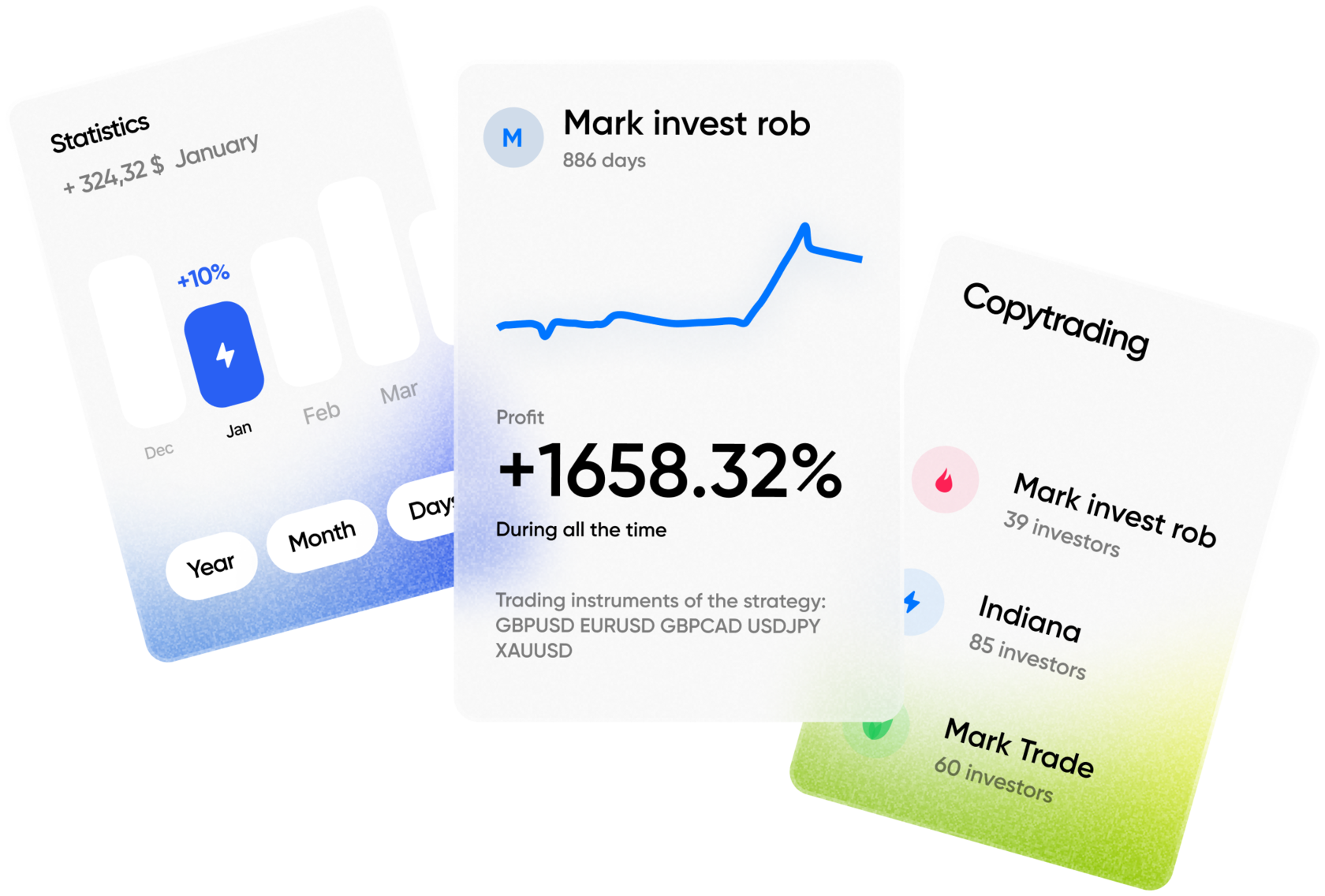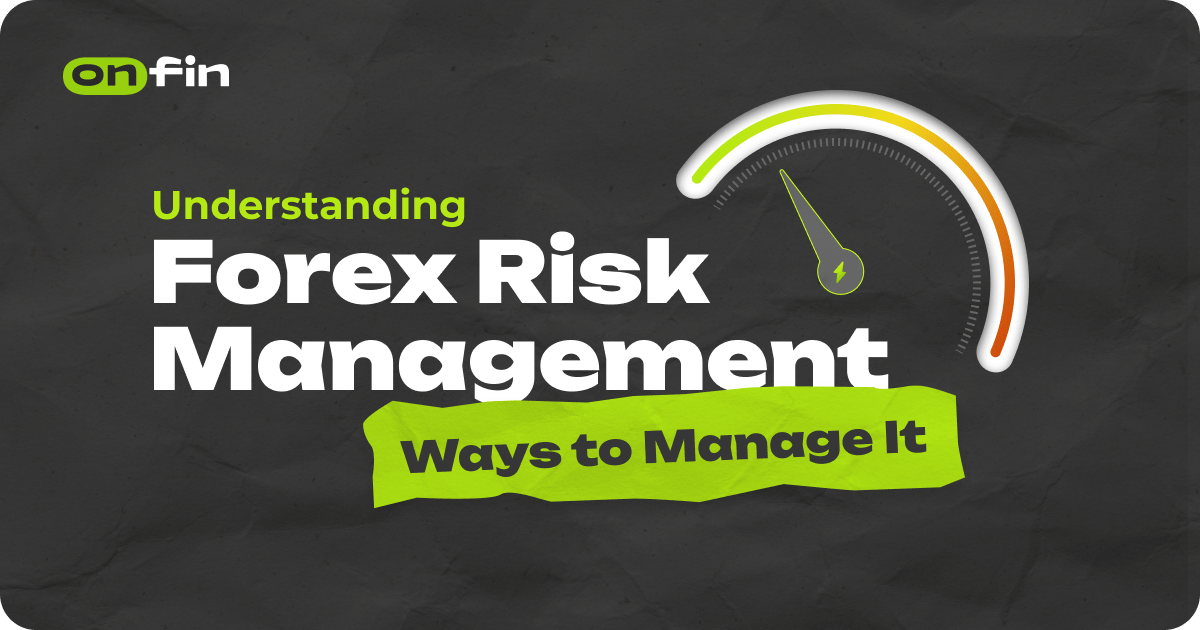Risk management is a crucial aspect of Forex trading that determines long-term success. Every trade carries potential losses, but traders can minimize risks and maximize profits with the right strategies.
Many beginners enter the market with unrealistic expectations, believing they can consistently make large gains without proper planning. However, professional traders focus more on preserving capital than chasing quick profits.
The key lies in understanding the risks involved and implementing strategies to mitigate them.
Major Forex Trading Risks
Before implementing a risk management strategy, traders need to identify the potential risks they face in the market. Some of the most common types include:
- Currency Risk: This risk arises due to fluctuations in currency values. Since the Forex market operates 24/5, prices change frequently based on economic events, geopolitical tensions, and market sentiment. For instance, if a trader buys the EUR/USD pair expecting the euro to strengthen, but an unexpected policy change by the European Central Bank weakens the currency, the trade may result in a loss.
- Interest Rate Risk: Central banks influence currency prices by adjusting interest rates. A sudden hike or cut can cause sharp market movements. For example, if the Federal Reserve unexpectedly raises interest rates, the U.S. dollar may strengthen, impacting traders holding positions against it.
- Liquidity Risk: Certain market conditions can reduce liquidity, making entering or exiting trades at desired prices difficult. This often happens during major economic announcements or unexpected global events. A trader might attempt to close a position but experience slippage, where the executed price differs significantly from the expected price.
- Leverage Risk: While leverage amplifies profits, it also increases losses. Many traders overuse leverage, believing it will lead to higher earnings. However, a small market movement against a leveraged position can wipe out an entire account. For instance, a trader using 50:1 leverage on a $1,000 trade controls $50,000. A mere 2% price drop results in a $1,000 loss, completely erasing the initial investment.

Key Risk Management Strategies
1. Mastering Market Fundamentals
Understanding how the Forex market operates is essential. Traders should study the various currency pairs, how economic indicators affect exchange rates, and the impact of news events on price movements.
For example, a trader following U.S. employment reports may anticipate stronger job growth leading to a rise in the U.S. dollar. By staying informed and analyzing historical data, traders can make more educated decisions rather than relying on speculation.
2. Using Leverage Wisely
While leverage is a powerful tool, using it without a solid strategy can lead to massive losses. Professional traders carefully manage their leverage based on market conditions and risk tolerance.
A conservative trader may use a leverage ratio of 5:1, reducing the impact of sudden market swings.
For example, if a trader with a $5,000 account uses 5:1 leverage, they control $25,000. This allows for measured risk-taking rather than exposing the entire account to a single bad trade.
3. Creating a Well-Defined Trading Plan
A structured trading plan helps traders stay disciplined and avoid emotional decisions. The plan should include entry and exit strategies, risk-reward ratios, and conditions under which trades should be executed.
Experienced traders maintain a trading journal where they record every trade, analyzing their successes and failures to refine their strategies.
For example, if a trader notices frequent losses when trading during high volatility, they may adjust their plan to avoid such market conditions.
4. Practicing with a Demo Account
A demo account provides a risk-free environment to test trading strategies. Many professional traders use demo accounts to refine their methods before transitioning to live markets.
For instance, a trader experimenting with a breakout strategy can test its effectiveness in a demo account before applying it with real capital. This minimizes losses while improving confidence and execution skills.
5. Maintaining a Favorable Risk-Reward Ratio
Successful traders always ensure that potential rewards outweigh the risks. A common practice is to use a 2:1 or 3:1 risk-reward ratio. For instance, if a trader risks 50 pips on a trade, they should aim for at least 100 pips in profit. This ensures that even if some trades result in losses, the profitable ones cover those losses and generate overall gains. Many professional traders refuse to take trades where the potential loss is greater than the expected return.
6. Implementing Stop-Loss and Limit Orders
Stop-loss and limit orders protect traders from excessive losses. A stop-loss order automatically closes a trade when the price reaches a predetermined level, preventing further losses.
Professional traders never trade without a stop-loss in place. For example, a trader entering a long position on GBP/USD at 1.2500 might set a stop-loss at 1.2450, ensuring that losses are limited to 50 pips.
Similarly, limit orders lock in profits by closing trades at desired levels. If traders expect the price to rise to 1.2600, they can set a take-profit order at that level, securing gains before the market reverses.
7. Controlling Emotions in Trading
Psychological discipline is one of the most overlooked aspects of Forex trading. Emotional trading leads to impulsive decisions, revenge trading, and overtrading—all of which increase risks.
Professionals detach emotions from their trades by sticking to their pre-defined strategies. For instance, a trader who experiences three consecutive losses might feel tempted to place a larger trade to recover losses quickly.
However, disciplined traders understand that no strategy guarantees immediate profits and instead focus on long-term consistency.
Conclusion
Effective risk management is the foundation of successful Forex trading. By understanding the different types of risks, using leverage cautiously, following a structured trading plan, and maintaining emotional discipline, traders can navigate the volatile Forex market with confidence.
Beginners should start with small, controlled trades, gradually building experience before increasing exposure. Professional traders emphasize risk management over profits because capital preservation is the key to long-term success.
By implementing these strategies, traders can reduce losses, increase profitability, and develop a sustainable trading approach







